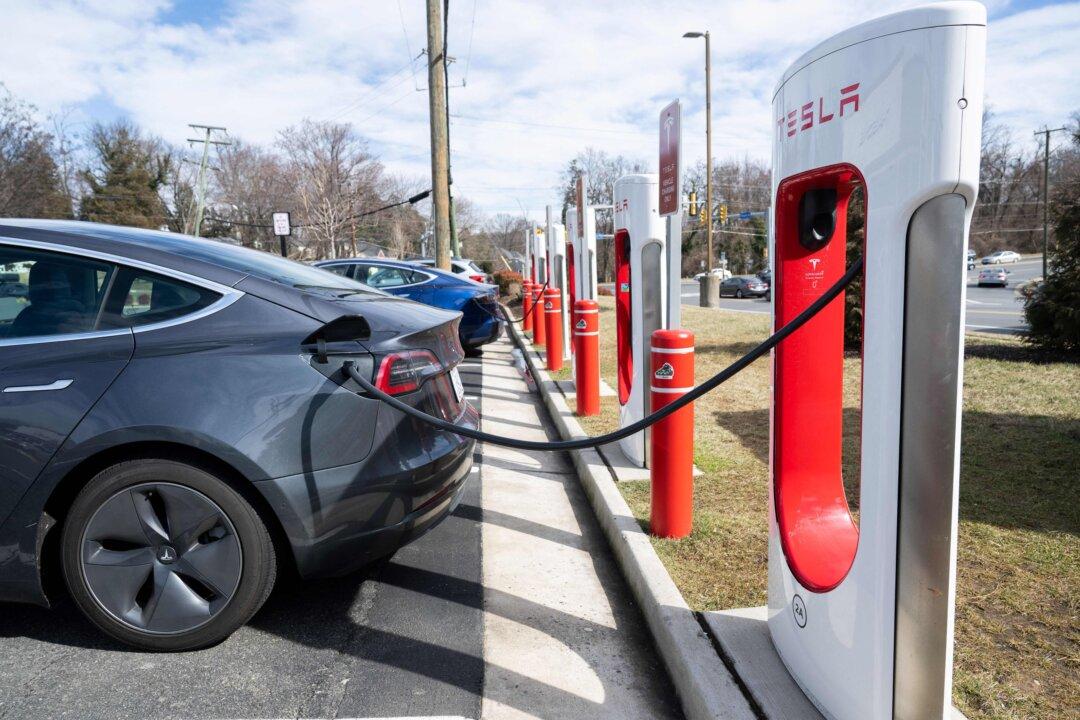Tesla’s biggest EV Supercharger station in the United States uses diesel power to charge vehicles, according to an energy expert who confirmed that these types of diesel-powered stations are present elsewhere as well.
During an Oct. 6 interview with EpochTV’s “Crossroads” program, energy-related public policy analyst David Blackmon was asked whether Tesla’s Harris Ranch EV charging station in Coalinga, California, runs on diesel power.






